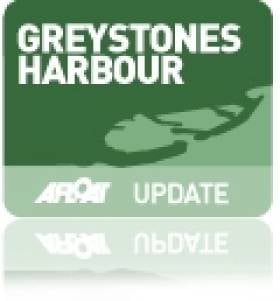Displaying items by tag: slip
More Interest Required to Open Greystones Marina
There was good news in Wicklow for watersports fans with the opening of the new public slip at Greystones harbour last August but there was disappointing news from Cllr Derek Mitchell yesterday who conceded that"currently not enough boat owners have expressed interest in paying for berths in the planned marina. This could mean completion of the 220 berth marina could be delayed beyond 2011.
Last October concern was raised over the Euro 300 Million redevelopment of the harbour after the builders confirmed the project is to come under the control of Nama.
Currently the breakwater is complete but there is no marina furniture installed.
In an update on his website yesterday Cllr Mitchell believes that more boat owners are interested but they need to be contacted again.
It is expected through that over 80% of berths required are for boats under six metres, such as small local fishing craft.
The new public slipway however is open and it is possible to launch three boats at one time even at low water (when most slips run out of water), which is a great improvement. At the moment it is understood only limited access is available to the slip as building works are ongoing. When finished there will be a second wide slip and the town council maintains the new facilities will be the best public boat launching facilities in the country.
Aerial photo of the site HERE
More Greystones news HERE





























































